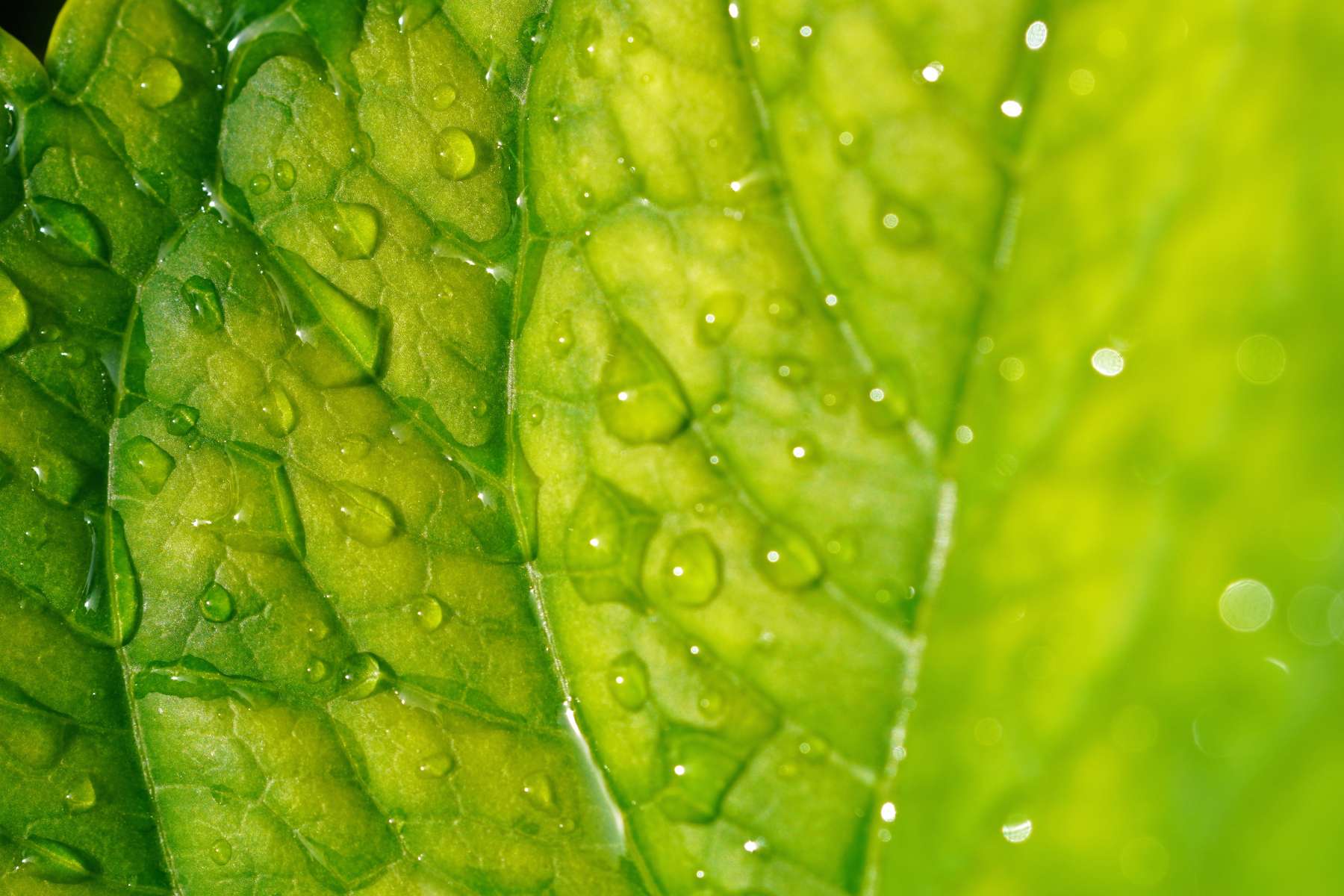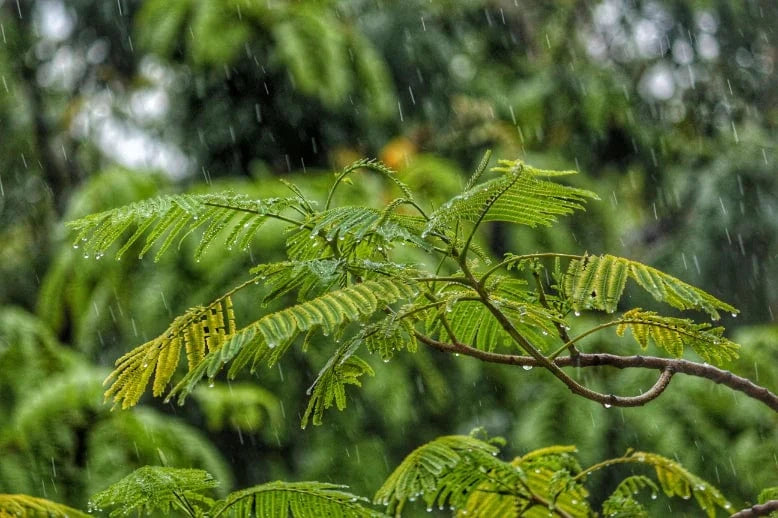How Trees Improve Water Quality and Watershed Health

Get news, updates, & event Info delivered right to your inbox:
The Critical Role Trees Play in Water Quality and the Health of Watersheds
Trees and forests play a critical role in capturing rainwater and reducing the risk of natural disasters such as floods and landslides. Their intricate root systems act like filters, removing pollutants and slowing down the absorption of water into the soil. This process helps reduce erosion and lessen the likelihood of soil getting over-saturated. Together, these actions make trees a vital element of "green infrastructure" across urban and rural areas. Learn more about the important role that trees play in improving water quality and shielding communities from natural disasters.
How Trees Absorb and Release Water
Similar to us, trees rely on water to survive, and they have developed many strategies to pull it from their surrounding environment. Water that is present in the soil is absorbed via tiny, hairlike roots. Once it has entered a tree's root system, it is pulled up its trunk, through its branches, and into the leaves. Trees can also absorb airborne moisture via their leaves — although a higher percentage of water intake comes from the soil.
How does water defy gravity and travel upwards from the roots of a tree, through its woody tissue, and into its leaves? To answer this question requires understanding the inner workings of trees. Similar to our vascular system, which transports blood throughout our bodies, plants have an internal network of "plumbing", otherwise known as xylem and phloem tissues. These tissues begin in the roots and extend upward through the trunk, and into the branches. From there, they connect to every single leaf.

So how is water pulled through the system? Transpiration — or, the process of water evaporating through openings in the leaves (stomates). When the water evaporates, it creates negative pressure (like a vacuum) within the leaf. As a result, water is pulled into the leaf from the xylem, replacing what was transpired.
Because xylem is a water column that extends from leaf to root, when transpiration occurs at the top of a tree, the vacuum pressure is felt all the way down at its roots. This causes the roots to pull water in from the soil, and the cycle continues. That means that even while a tree is pulling water from the soil, it's releasing moisture back into the atmosphere as water vapor. Pretty incredible, right?

How Trees Improve Water Quality
When trees absorb water, it does more than help them grow and survive. The benefits extend to the surrounding environment. Stormwater runoff can increase people’s exposure to pollution, but trees intercept and filter it, improving the water quality of runoff.
Over time, the storm water is released back into the earth and atmosphere via transpiration. With less contact with pavement, stormwater that has been absorbed and released by trees is cooler and has fewer pollutants when it enters local waterways.
How Trees Protect Watershed Health
A watershed is an area of land that drains rain water or snow into one location such as a stream, lake or wetland. These ecosystems supply drinking water to surrounding communities — and water for agriculture and manufacturing processes. They also offer opportunities for recreation, and provide habitat to a range of plant and animal species.
Trees are intertwined with watershed health, and provide a range of water-related ecosystem services, including filtering excess sediment, nutrients, and toxins before they enter waterways, reducing erosion and flooding, and shading streams so they are at optimal temperatures for aquatic wildlife.
The seemingly small act of planting trees can have a powerful impact on watershed health, water quality, and more. Support reforestation today!
Get news, updates, & event Info delivered right to your inbox:
Related Posts
9 Sustainable New Years Resolutions
18/12/2025 by Meaghan Weeden
Inspirational Quotes About Trees
16/12/2025 by Meaghan Weeden
The 9 Oldest, Tallest, and Biggest Trees in the World
11/12/2025 by One Tree Planted
Popular On One Tree Planted
Inspirational Quotes About Trees
16/12/2025 by Meaghan Weeden
The 9 Oldest, Tallest, and Biggest Trees in the World
11/12/2025 by One Tree Planted
What Causes Deforestation?
10/07/2025 by Meaghan Weeden
Fundraising Disclosures

Be Part of the
Restoration Movement
The Grove is more than just a monthly giving program: it's a vibrant community of individuals who are dedicated to reforestation and environmental restoration on a global scale.
As a member of The Grove, you affirm your commitment to restoring forests, nurturing biodiversity, and fostering positive global change.



